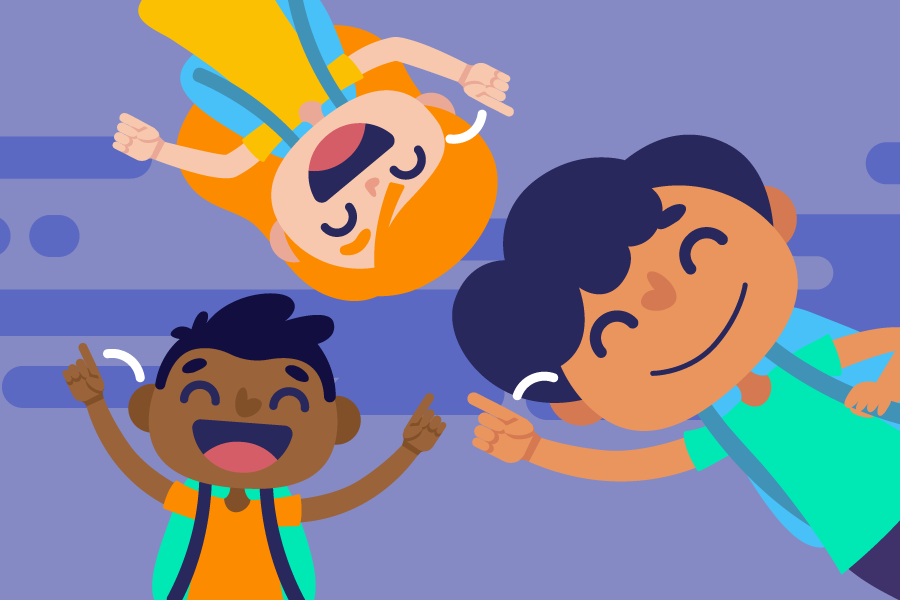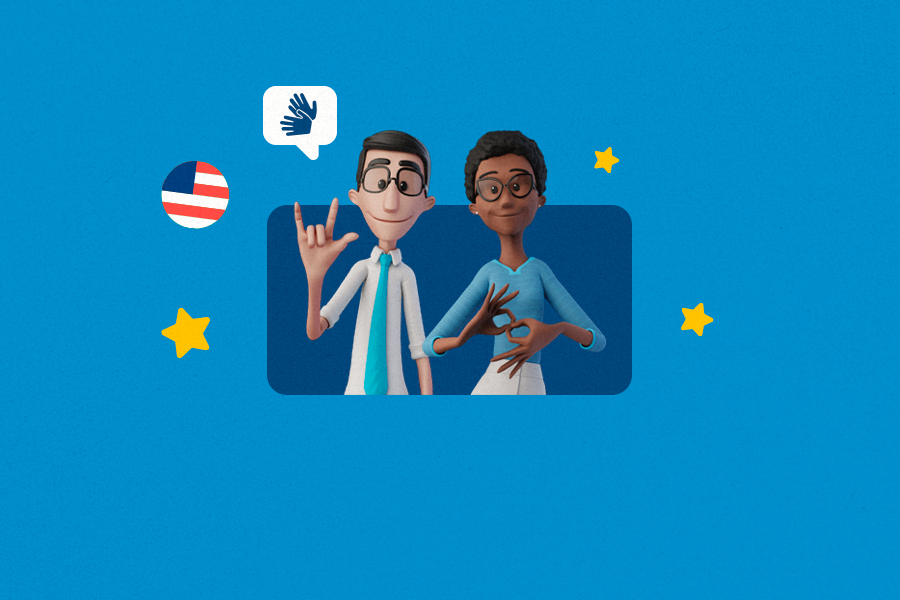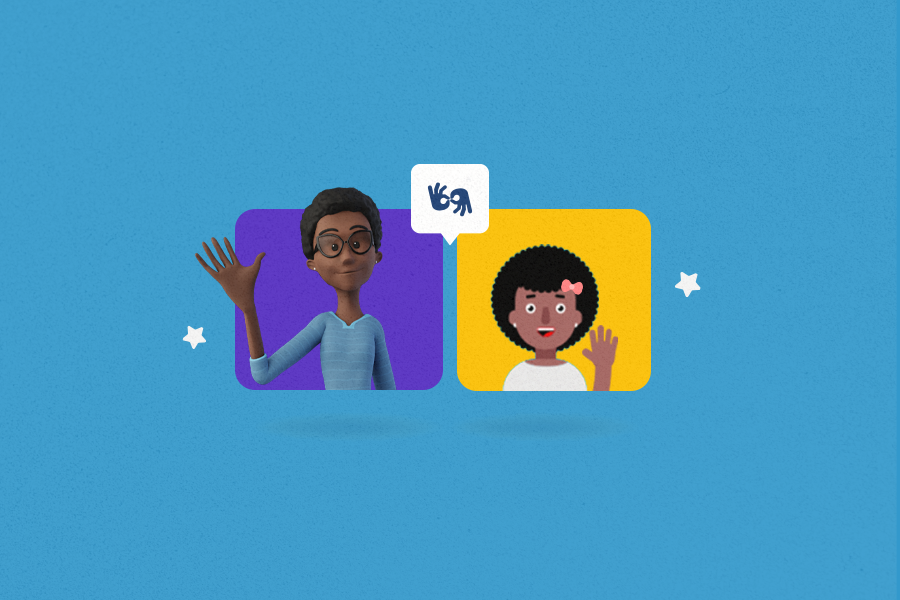
The importance of teaching Sign Language in Early Childhood Education

The teaching of Sign Languages in school, besides being an inclusive education, is responsible for the education of deaf students in their countries, creating new possibilities for them.
However, although social inclusion and accessibility are current issues, it is noted that the deaf community faces many difficulties regarding communication and education.
Much is said about the importance of learning a second language in childhood, but we rarely see Sign Language being used as an option for hearing children.
Teaching Sign Language to hearing and deaf children
We need to talk about inclusion in the first years of life. To do so, it is important to bring to children the reality of those with disabilities, so we can make them aware of the differences.
There are a growing number of different studies that reveal the special advantages of learning Sign Language for people without hearing impairment. For Marilyn Daniels, sign language is a significant factor in cognitive development, improving children’s attention span, visual discrimination, and spatial memory.
By teaching American Sign Language to children, for example, we offer them not only the advantages and benefits proven in research, but also promote ASL, to learn about deaf culture and, above all, the possibility of being able to communicate with their peers different valuing diversity since Kindergarten.
Playfulness as a facilitator for teaching Sign Language
Faced with such diversity of thought, culture, values and knowledge, the teacher needs to have a diverse repertoire and understand that each child has its own particularities, difficulties and limitations.
When this diversity includes deaf people, the school must be prepared to carry out the entire inclusion process for their full development and integration into the school community, in addition to acting jointly with the teachers for the education of these students in their natural language.
Schools and teachers must be prepared to act in the teaching of sign language both as a first language for deaf children, as a second language for hearing children. Therefore, diversifying your teaching methodology is necessary, and play comes as a way to be adapted and used by teachers.
Playful teaching is among the most widely used pedagogical practices in the classroom in kindergarten and early elementary school. Through activities consisting of games and play, it is possible to encourage creativity and imagination, awakening the little ones’ interest in knowledge and helping in their development.
It is known that play, by using a language that is unique to the universe of children, provides an almost unconscious way of learning, in a much more pleasurable and effective way. In addition to that, play activities help in the understanding of social rules, citizenship, develop memory, physical skills, and teach children to begin to deal with their own emotions.
The tip is: create games in which deaf and hearing students can learn sign languages together, a card game, memory, stimulating the need for the visual, the gesture, the direct contact with the object.
The role of the school
The role of the school is to form citizens, transmitting ethical and moral values, knowledge and developing skills in the student, through the pedagogical process of teaching-learning, preparing them for the exercise of citizenship and their preparation for living in society, in an active, critical, transforming way.
It is important that society discuss this issue, so that it becomes more and more inclusive and can understand and build social spaces for deaf people to occupy. People with disabilities have a different channel to see the world, but one that is so important and unique that only contributes to the appreciation of human diversity.


